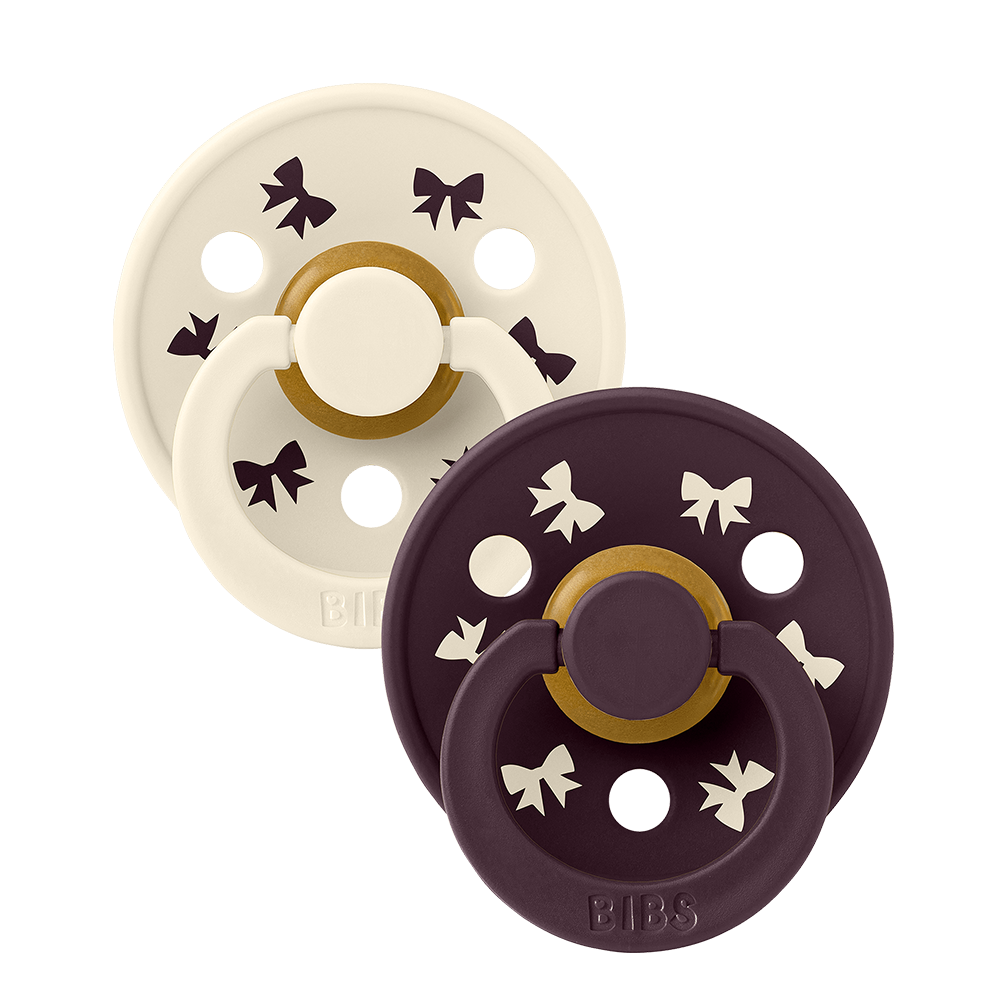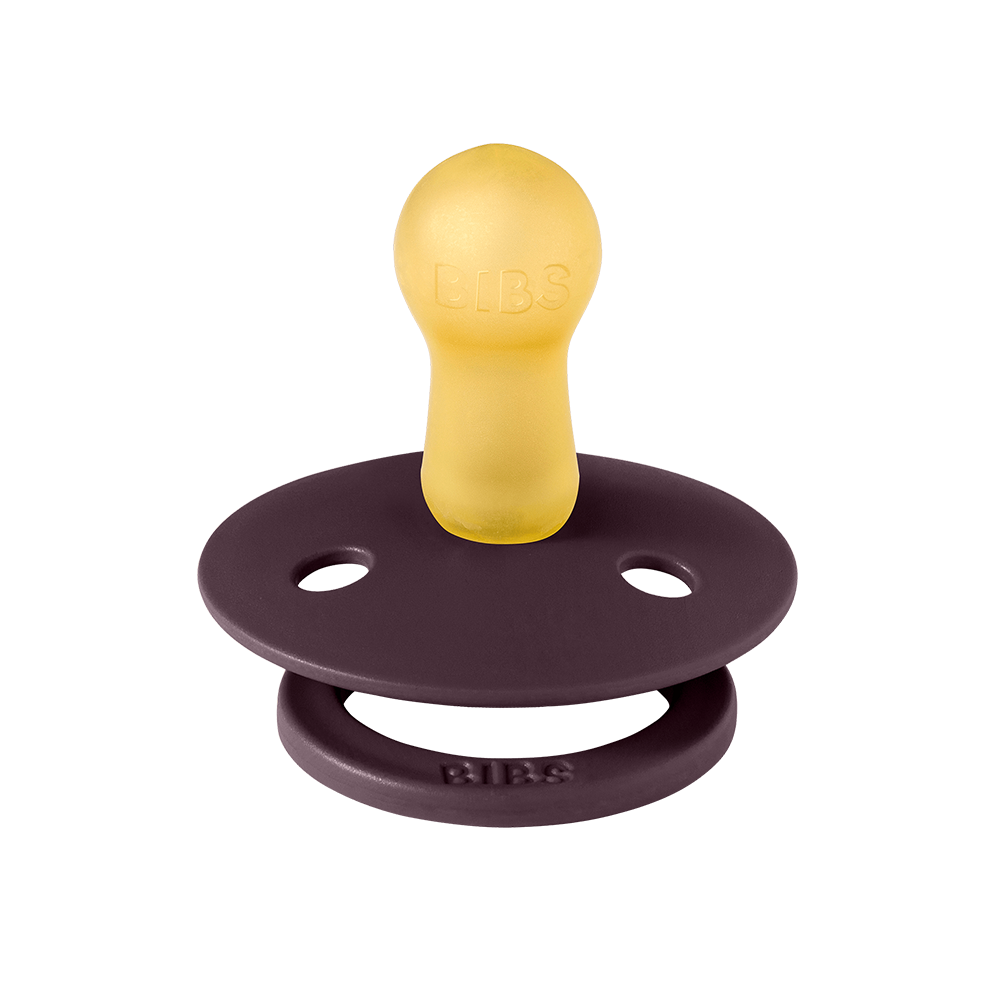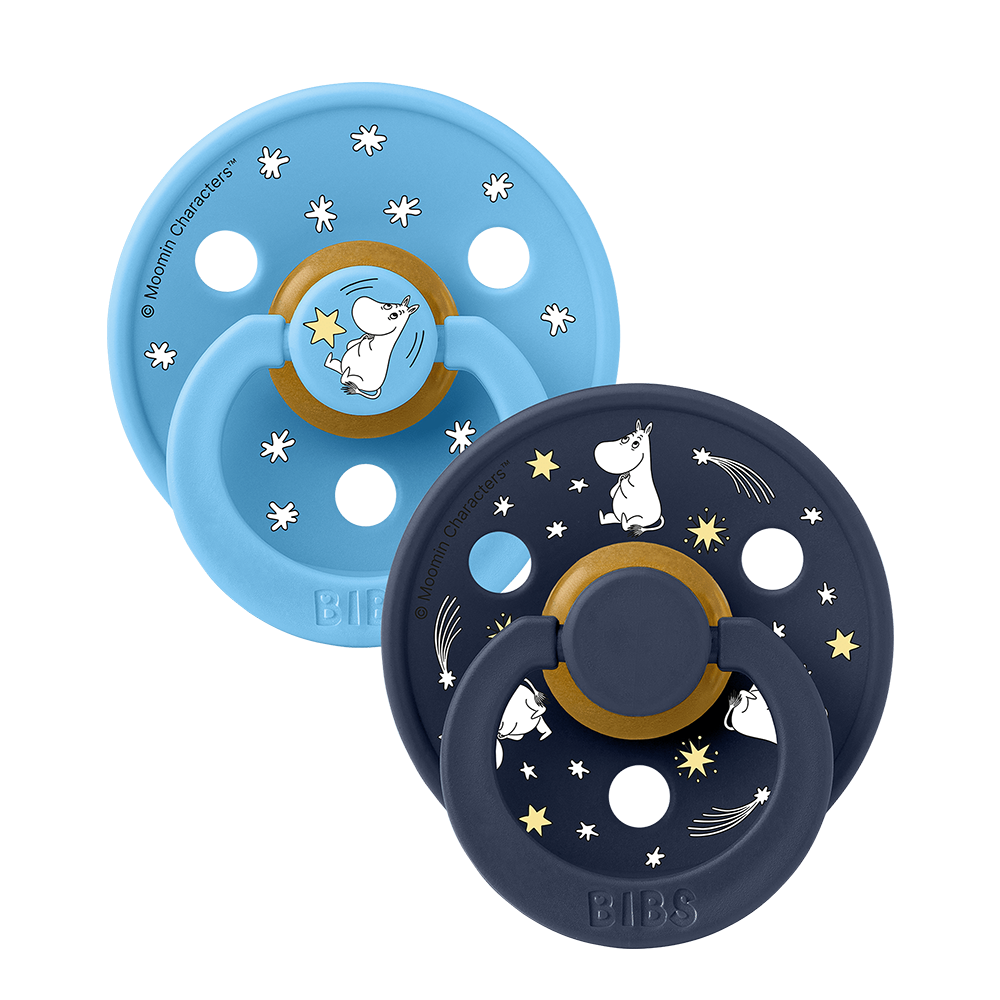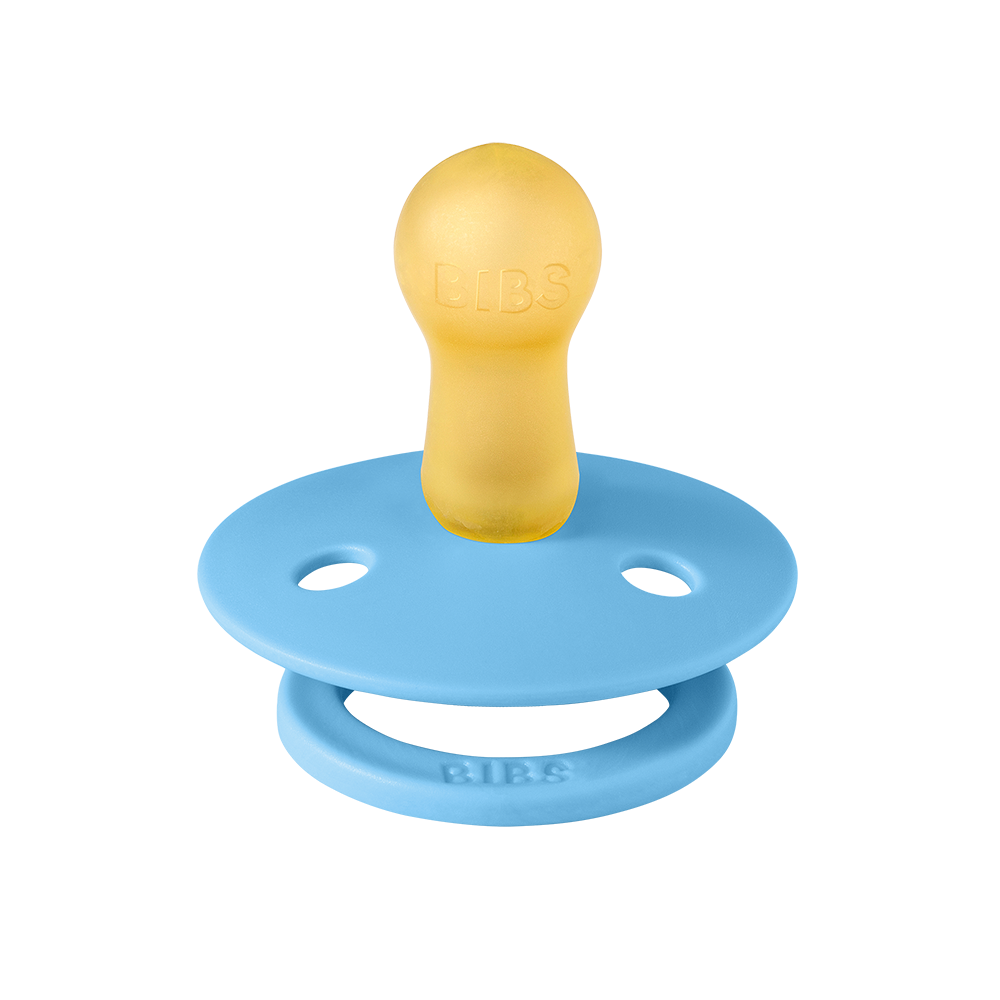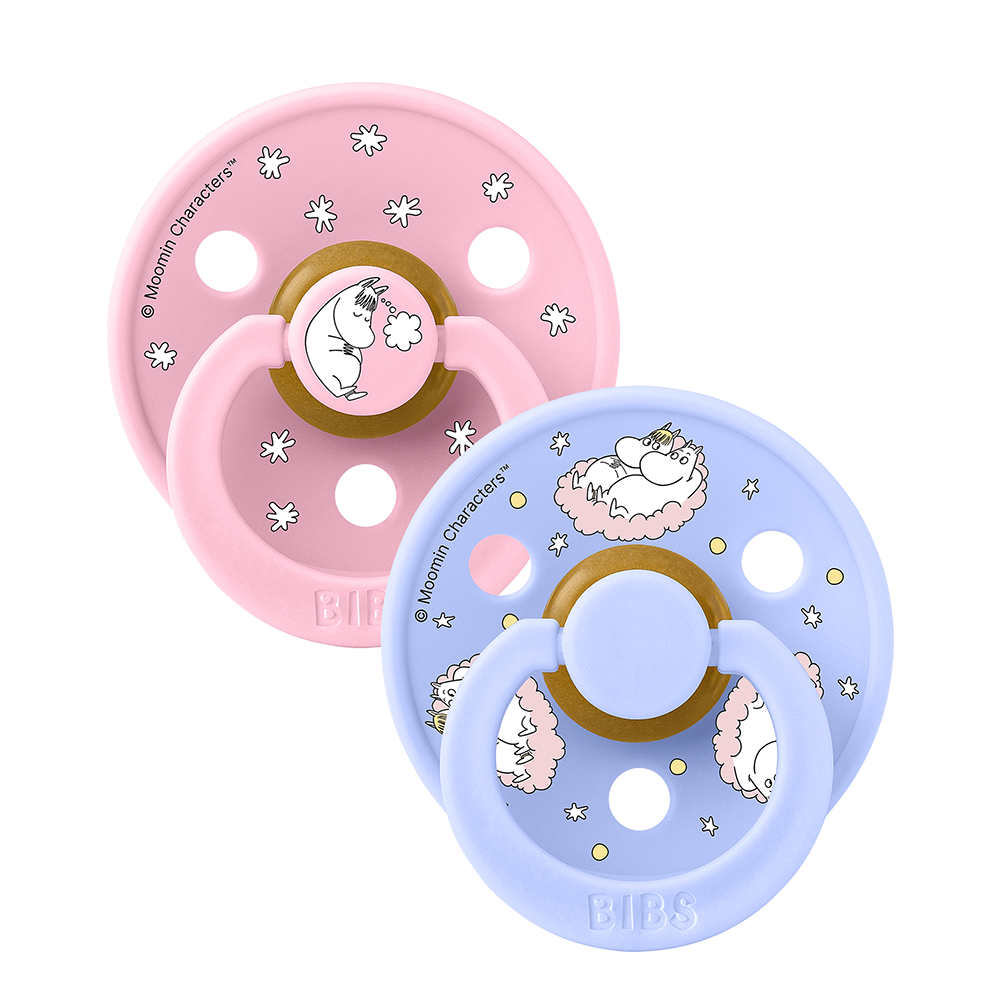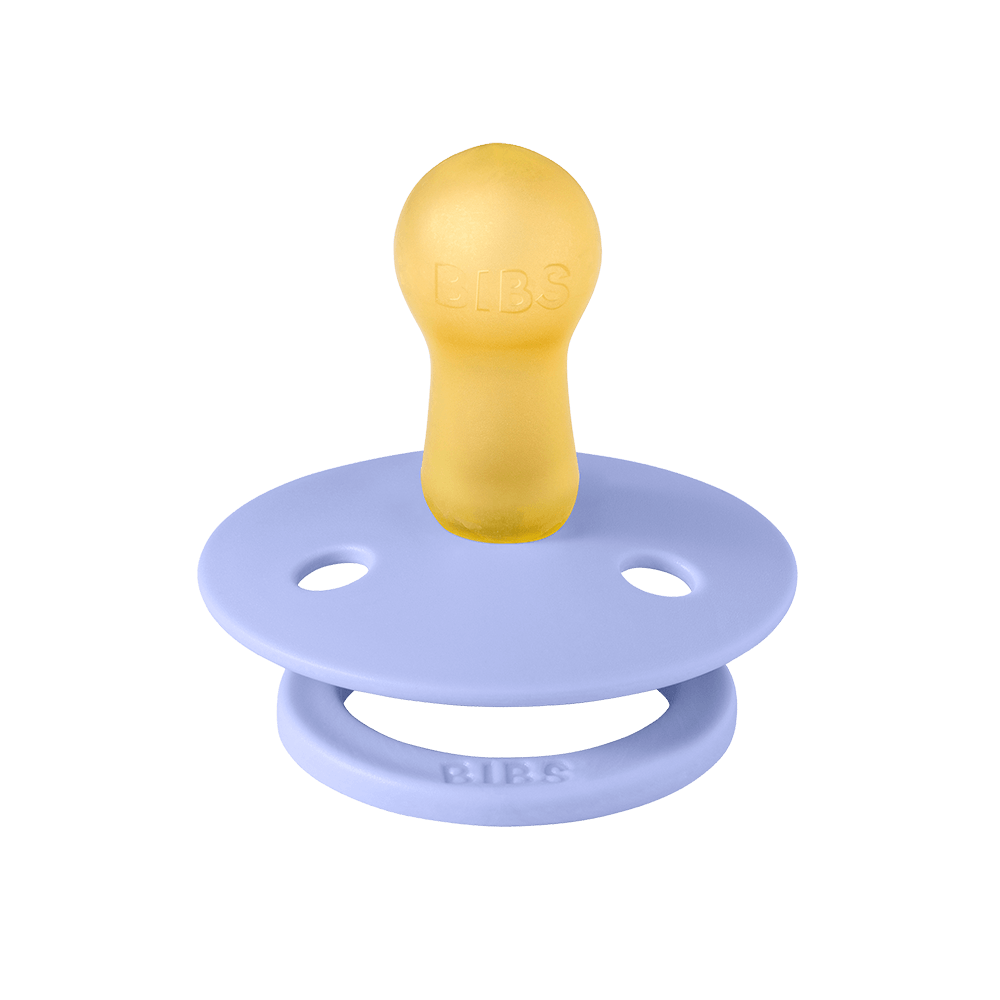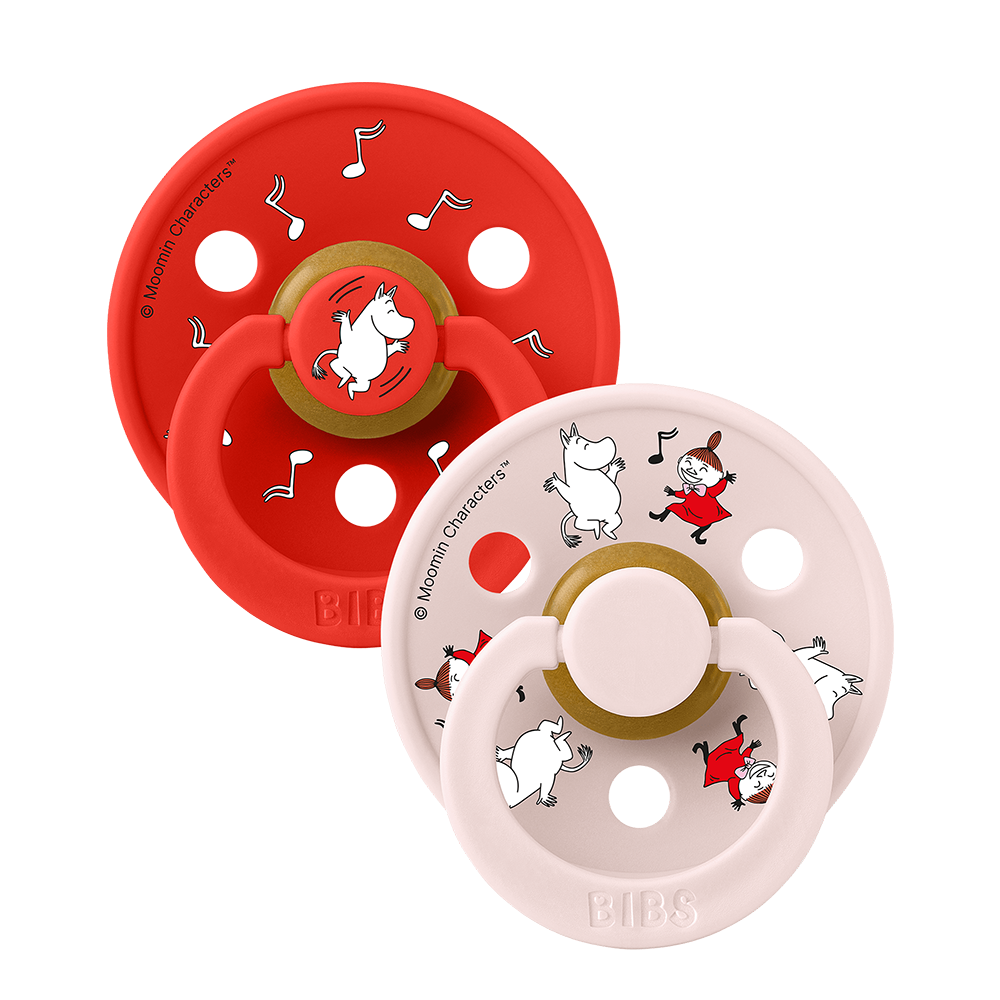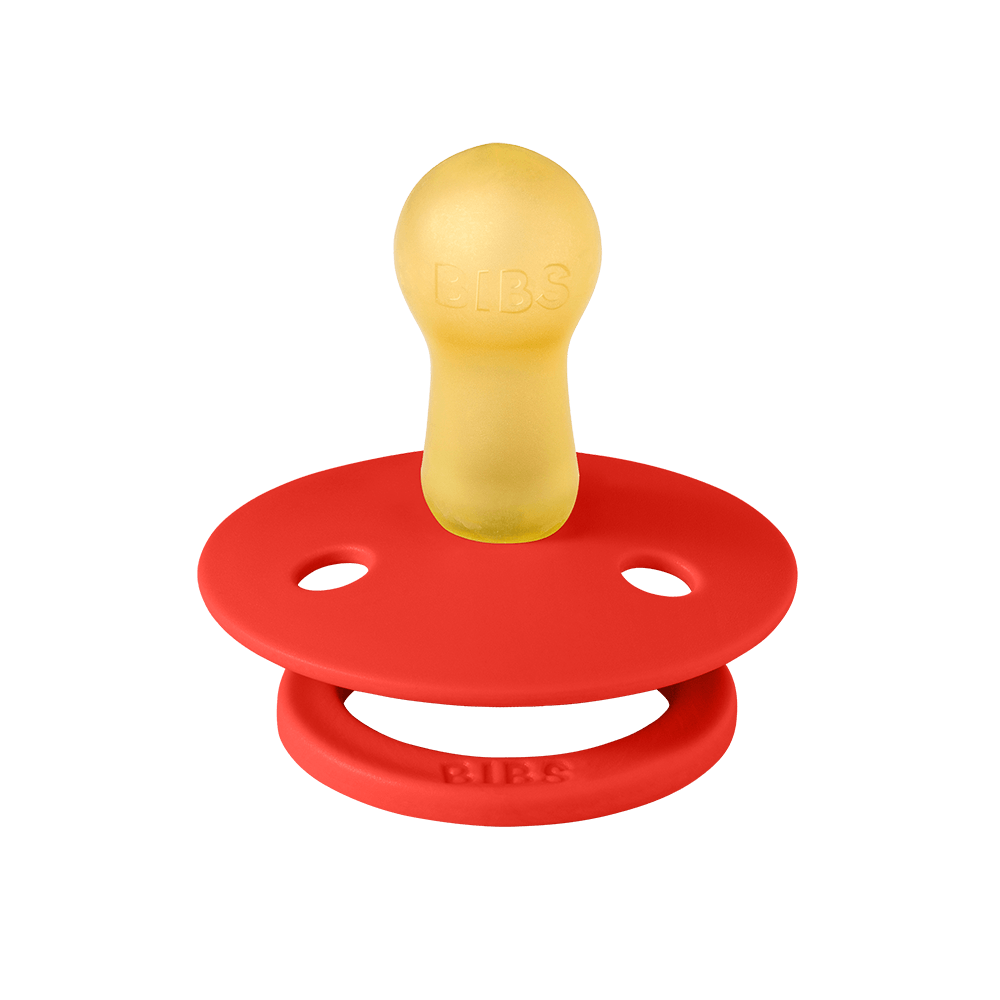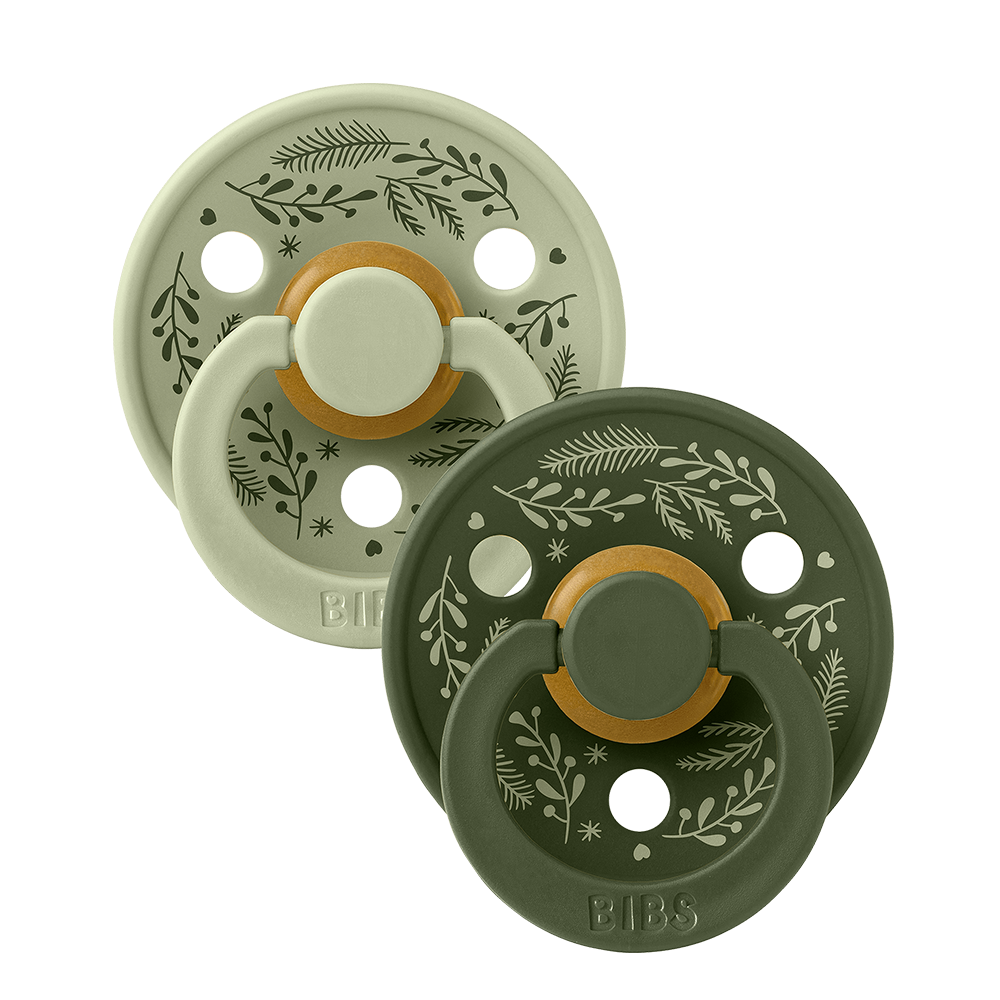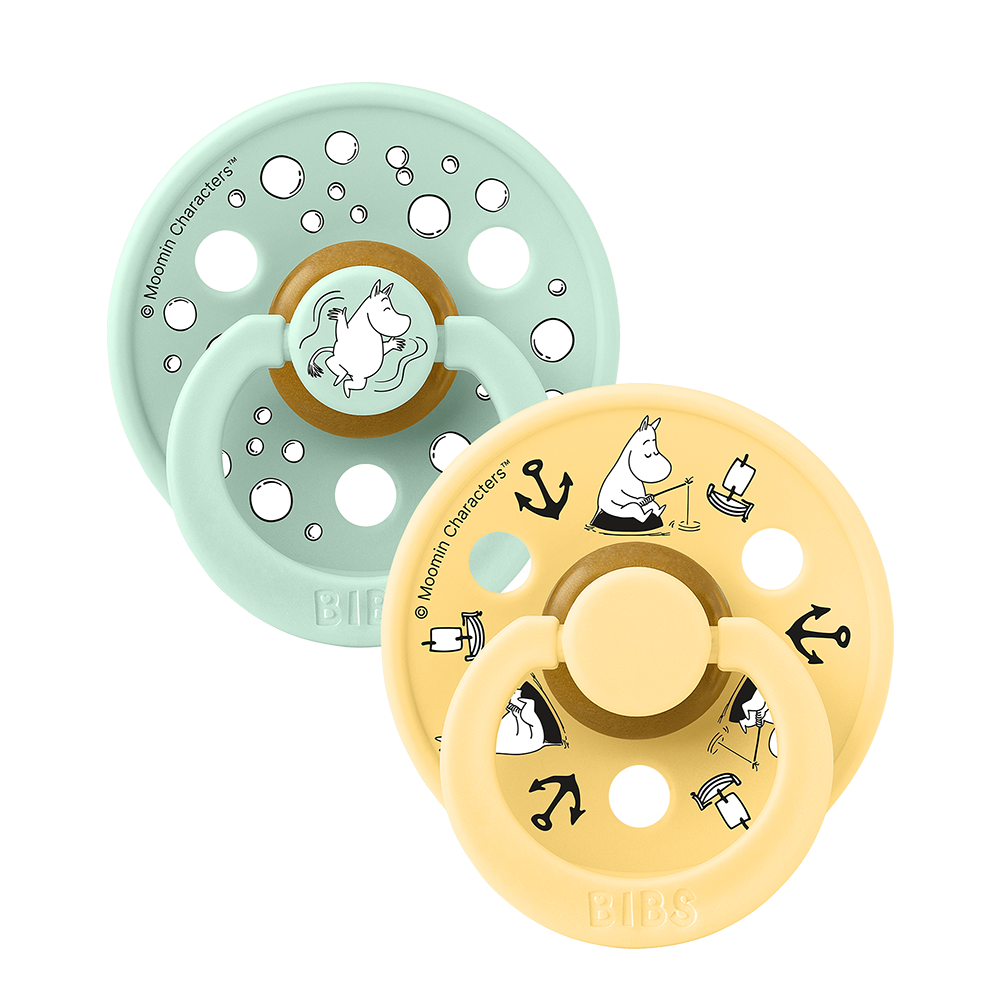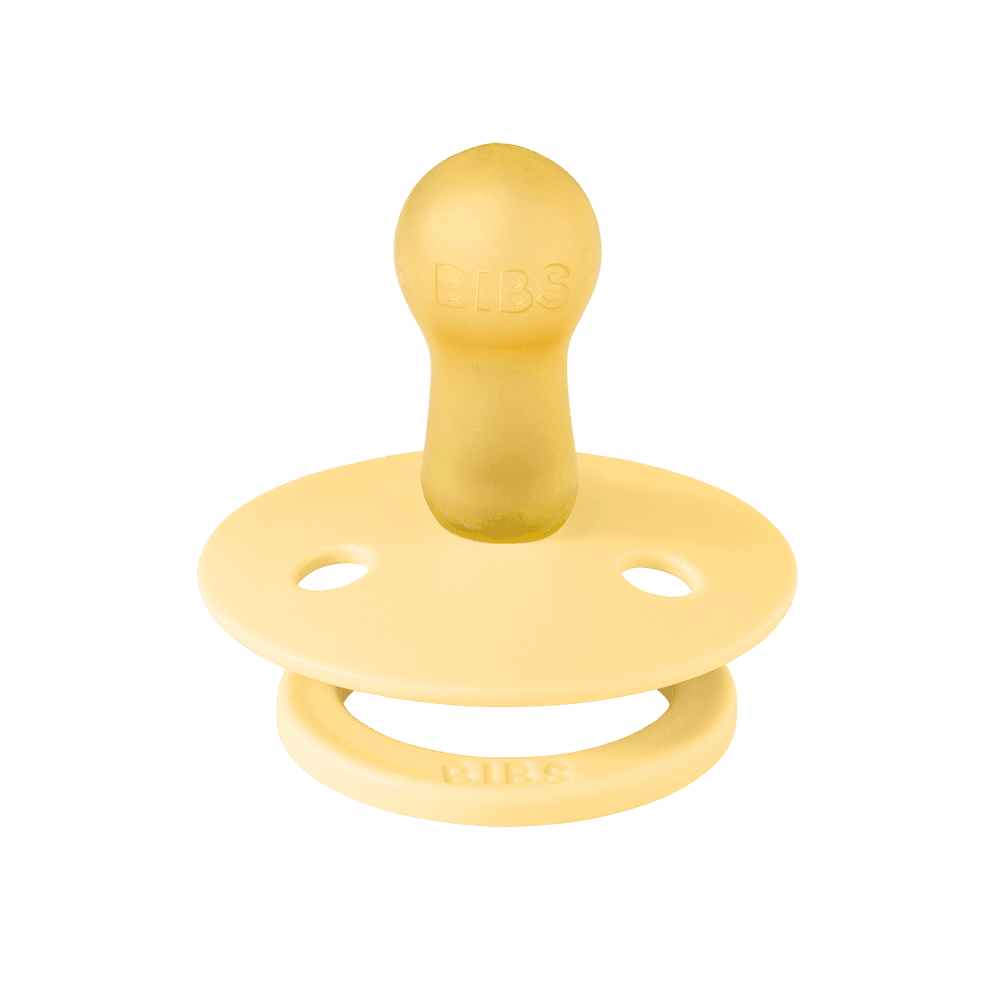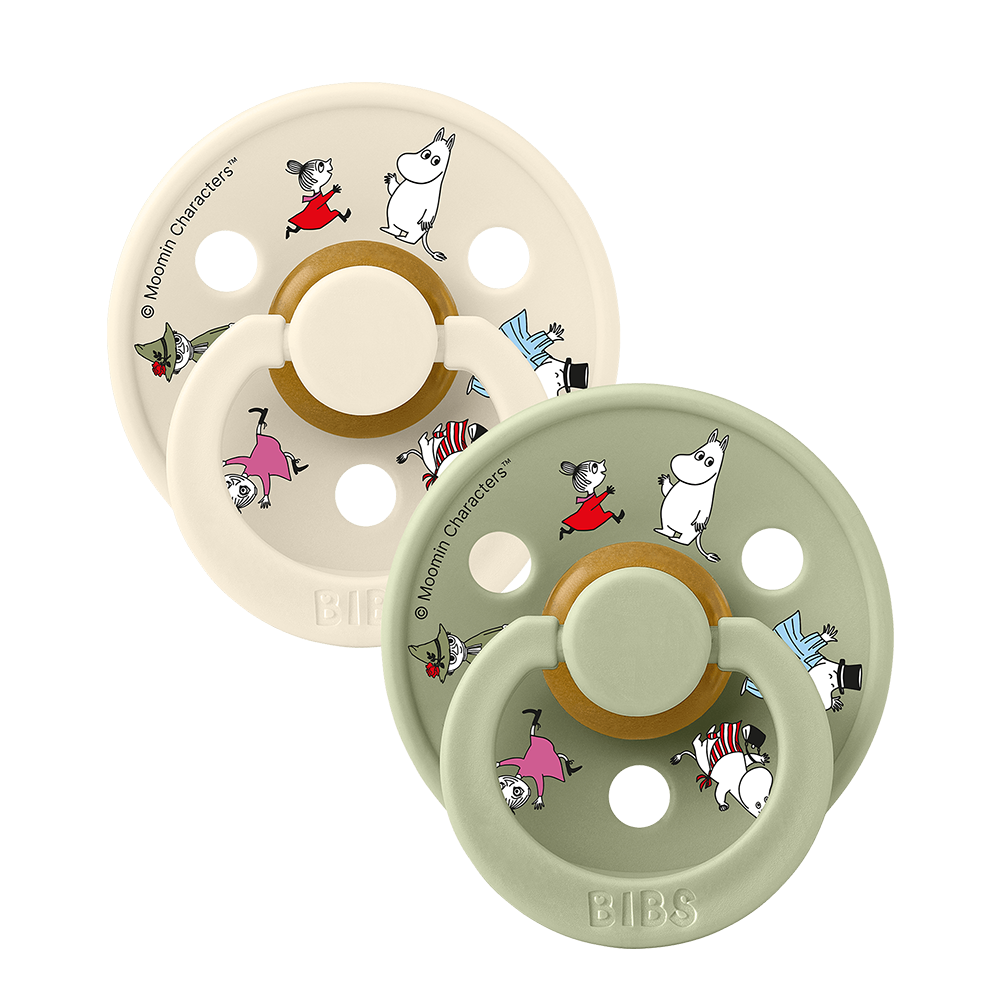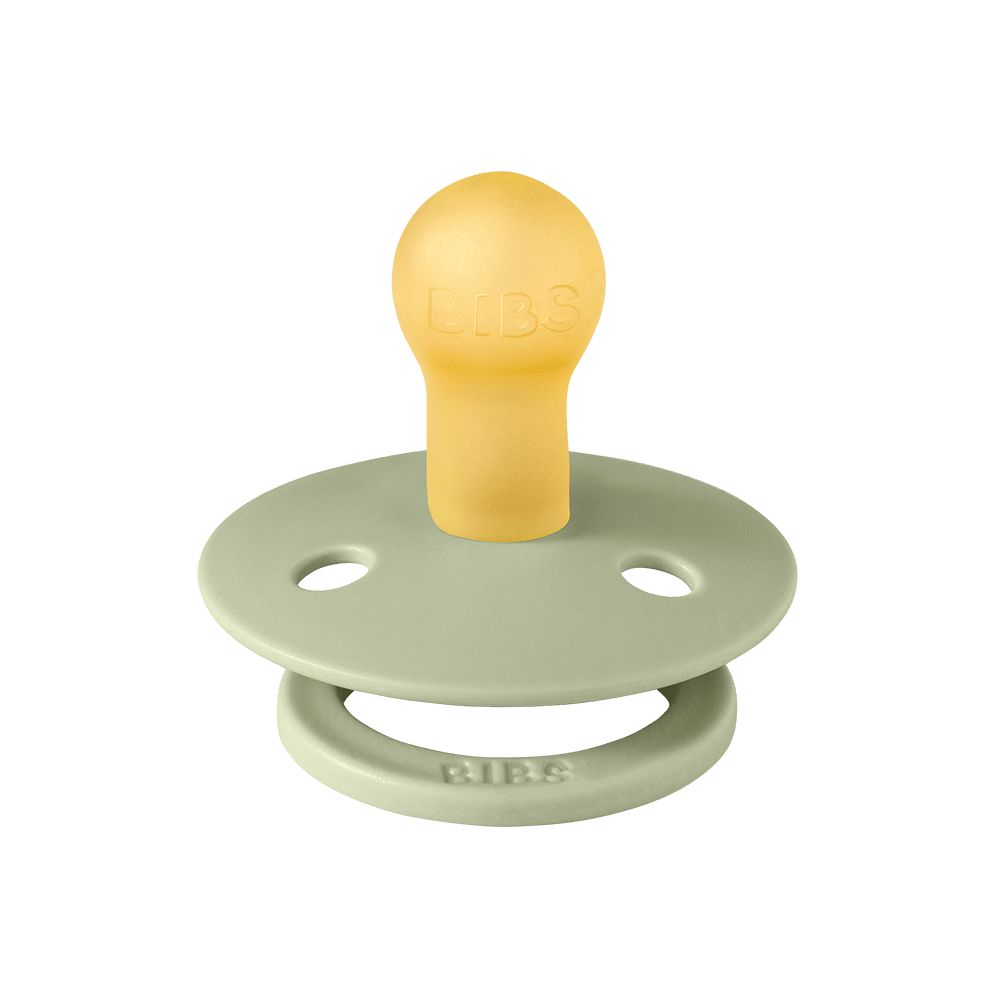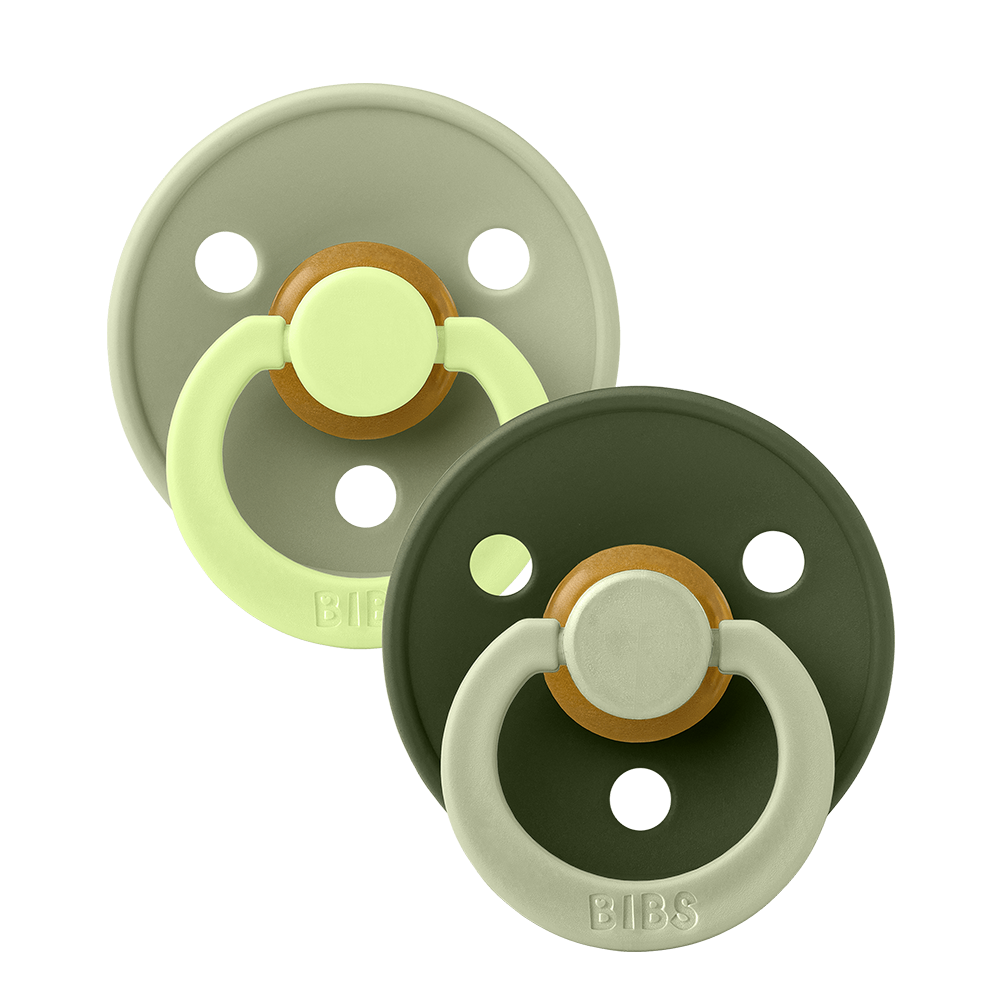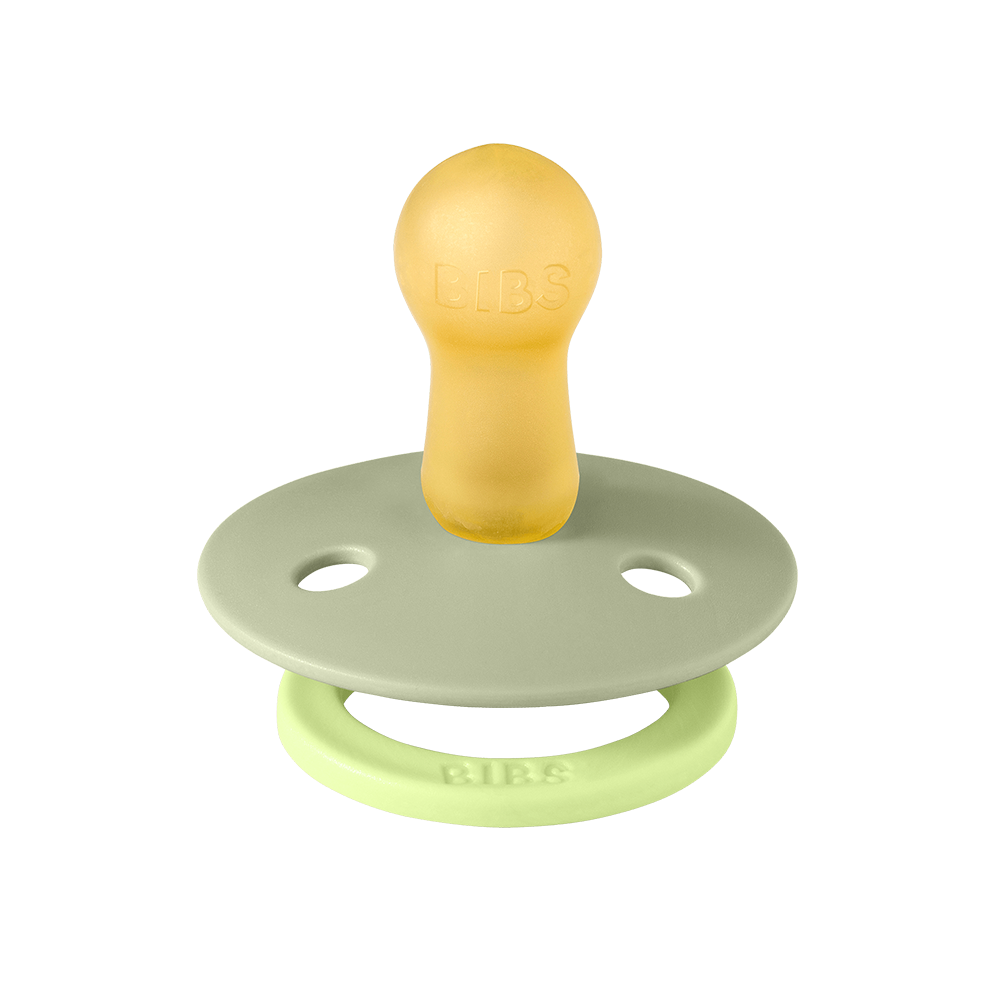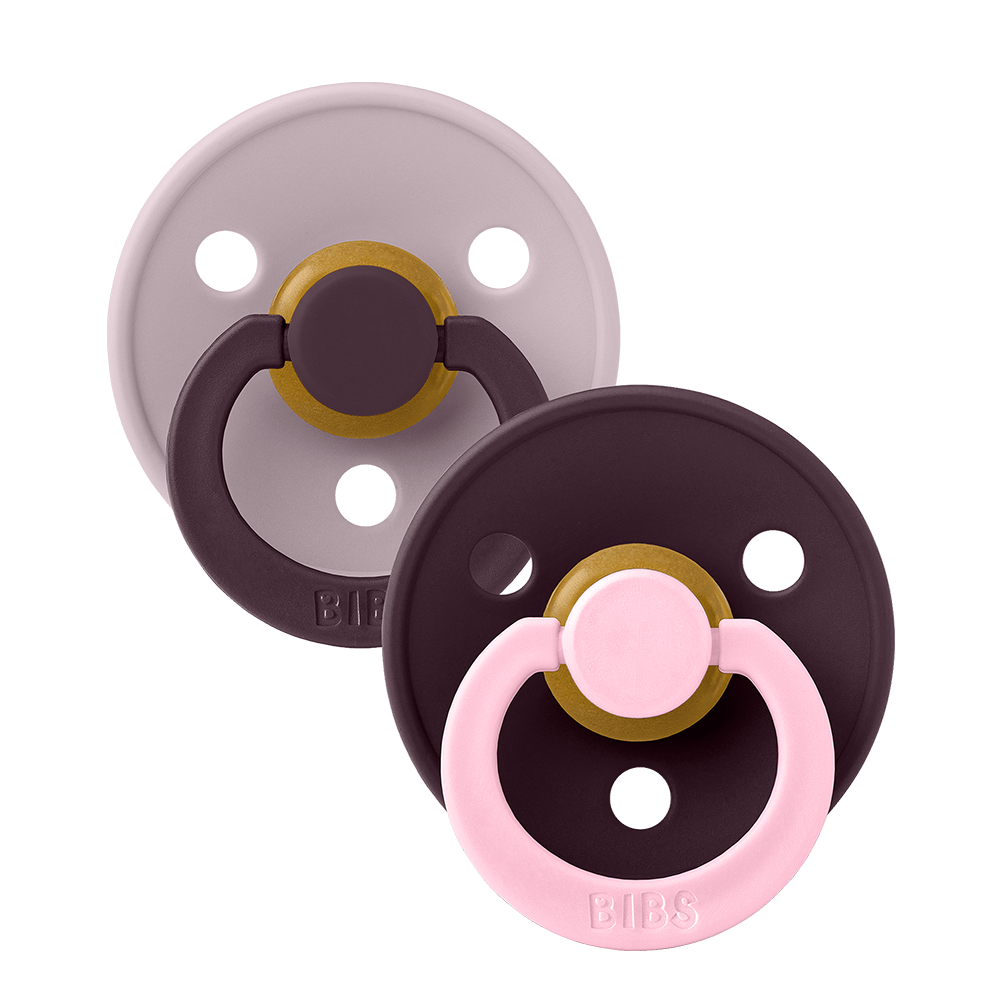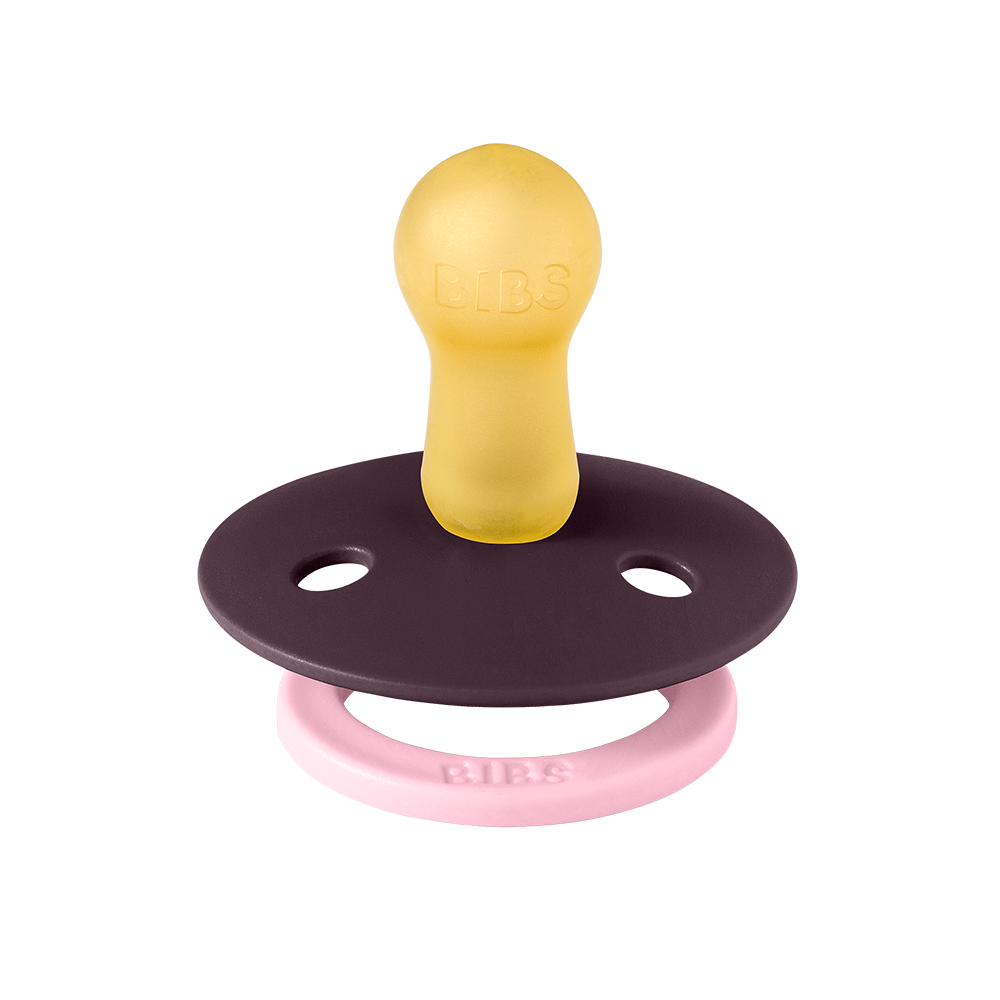How Do I Encourage My Baby to Play Independently?

Why Independent Play Matters
Independent play isn’t just a breather for parents - though that’s a welcome perk. It’s a critical part of your baby’s development. Solo play builds concentration, creativity, self-confidence, and problem-solving skills. It also helps babies feel comfortable being on their own for short periods, exploring the world at their own pace.
Even just a few minutes a day supports emotional resilience and encourages curiosity. As babies explore independently, they strengthen self-regulation skills that form the foundation for learning and growth later on.
Connection Comes First
Before babies feel secure enough to explore on their own, they need to feel connected. A few minutes of focused engagement - singing, talking, or cuddling - can set the stage for successful solo play. It builds trust and makes your baby feel safe even when you take a step back.
This connection-first mindset helps create a sense of balance. When your baby gets consistent one-on-one attention, they’re more likely to venture into independent play with confidence - even if it just means scooting across the mat to grab a toy.
How to Encourage Independent Play
- Create a safe space: Use a play mat or gated area with a few baby-safe toys. Keep the setup calm and clutter-free.
- Choose open-ended toys: Items like soft blocks, rings, or stackers spark imagination. Our cuddle cloths double as sensory toys and comfort objects.
- Stay nearby: Do your own quiet activity nearby. Your presence offers comfort without interrupting their focus.
- Start small: For babies under 12 months, even 5–10 minutes of solo play is a great goal. Add time as they grow.
- Rotate toys: Keep a smaller selection out and swap them weekly for fresh interest.
- Use a timer: For older babies, setting a short timer helps establish structure and builds solo-play stamina.
Age-by-Age Guide to Independent Play
| Age | Great Options |
|---|---|
| 3–6 Months | Black-and-white toys, tummy time, mirrors, soft rattles |
| 6–9 Months | Stacking toys, activity cubes, textured teethers |
| 9–12 Months | Simple puzzles, nesting toys, crawl tunnels |
Build a Routine
Repetition builds comfort. Add a solo play session into your daily rhythm - after breakfast or before nap time. You might even create a “quiet basket” that only comes out during independent play. Over time, your baby will begin to look forward to this part of the day.
Independent play doesn’t mean leaving your baby to fend for themselves. It’s about giving them a safe space to explore while you stay close by. Celebrate small wins - even two focused minutes of play is worth cheering.
FAQs
Can I leave my baby completely alone to play?
Only if the space is 100% baby-proofed and you’re still within eyesight. Independent play should always be supervised, even if you’re not actively involved.
What if my baby cries when I try to step away?
Start by staying close. Gradually increase distance as your baby builds confidence. Offering a favorite pacifier or cuddle item can also ease the shift. Be patient - this is a new skill, and every baby adapts differently.
Let Curiosity Lead
Supporting independent play isn’t about stepping back - it’s about showing up with confidence and trust. With safe spaces, engaging toys, and your nearby support, your baby can grow into a curious, capable little explorer. And yes, you might finally drink that coffee while it’s still hot - a win for both of you.
Disclaimer: At BIBS, we aim to support parents with helpful, research-based information. However, every child is unique. The content in this blog post is for general guidance only and should not replace personalized advice from a healthcare professional or pediatric specialist. Please always follow official safety guidelines and consult a professional if you have concerns about your baby’s wellbeing.
